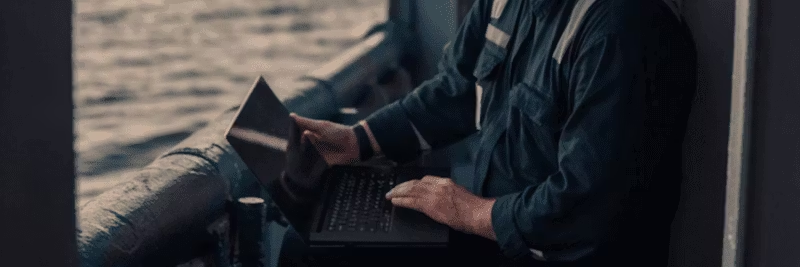Cart
Discount: 0.00 EUR
Discount: 0.00 EUR
Digital Skipper |7/06, 2022

Installing new equipment on a vessel should be simple and stress-free, but the reality is often different. Challenges, changed conditions, and technical problems are common. Many of these problems are due to incorrect installation and can be avoided with the right knowledge. Here we go through the most common mistakes and how to avoid them.
NMEA 2000 is a CAN-based network designed for easy plug-and-play installation. The most common mistake we see is incorrect use of terminators – either too few or too many. A correct network should have exactly two terminators, one at each end of the backbone. The terminators act as resistive loads and reduce signal reflections.

A correctly terminated network has a resistance of 60 Ohm. If you measure 120 Ohm, only one terminator is present, and 40 Ohm means that three are installed. This problem often arises with devices that have internal terminators – these count as regular terminators and must be taken into account.
CAN networks are forgiving, which means that incorrect topologies sometimes work – but this is not good practice. Incorrect methods such as daisy-chaining or star networks can lead to data loss, corrupted data, and devices disappearing from the network as it grows.
Always follow Bus topology: each device should be connected to the backbone via a drop cable or a proper 4-way drop. This makes the network stable, easy to troubleshoot, and compliant with NMEA 2000 standards.
NMEA 0183 can cause confusion because there are two main versions:
Problems arise when mixing these standards. Connecting an RS-422 Talker to an RS-232 Listener can cause overheating and damage. Always use the correct interface or a safe conversion solution, such as those offered by Actisense.
Keep in mind that NMEA 0183 lacks uniform color coding. Always check product manuals instead of relying on colors – incorrect wiring can create major problems during troubleshooting.